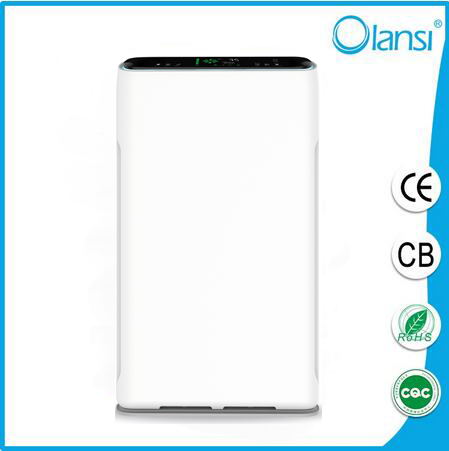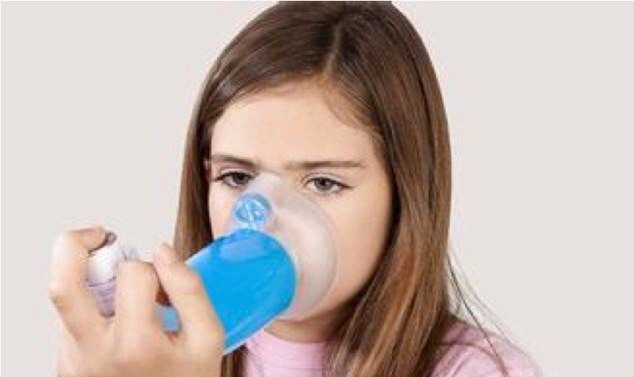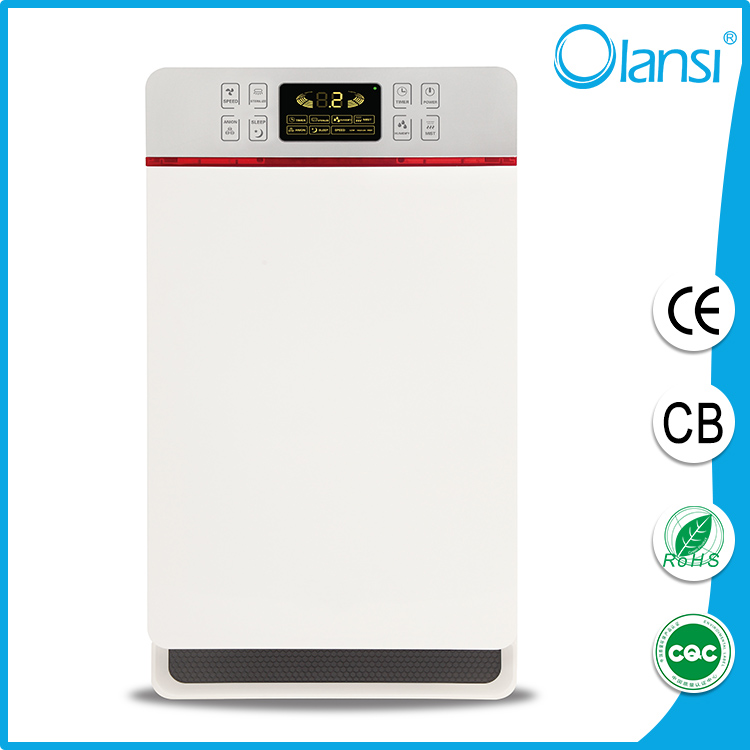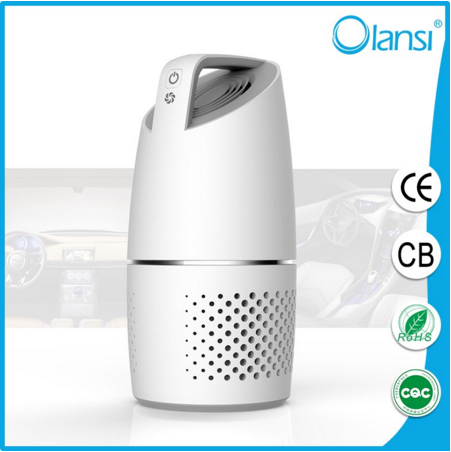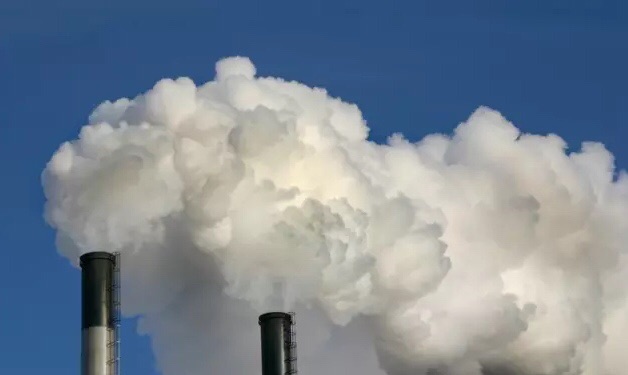
What is one of the hottest gifts in China? Perhaps you could give “the gift that keeps on giving”: an indoor air purifier. They certainly are all the rage in China since last year, with skyrocketing sales and sold-out inventories after the trio of highly publicized airpocalyptic crises. I think this is a good turn of events: plenty of independent testing,including mine, has documented that a good air purifier can dramatically improve your indoor PM2.5 by 80% or more. But is there any good data that proves that this actually makes you healthier? It seems logical, of course, that decreasing exposure to pollution would decrease harmful health effects. But medical history is filled with tales of common sense and tradition that later turn out to be worthless or harmful — like bloodletting, or the more modern tradition of multivitamins. A big percentage of people reading this article take a daily multivitamin, assuming it’s “healthier” to do so, but the best evidence shows they are worthless, and possibly harmful. Could air purifiers be the same?
In theory and in testing, a good purifier should improve a room’s pollution levels more than 80%; this80% reduction is also what the private Association of Home Appliance Manufacturers (AHAM) uses in their clean air delivery rate (CADR) tests, which are widely cited in comparison charts of air purifiers. So let’s say you’ve installed a top-of-the-line purifier in your living room, feeling quite safe and cozy. But how much of your time is actually in that filtered room? Or maybe the purifier is too small for that room size, or the filters are old, or the fan speed is too low, or the windows are open? Even this commonly cited CADR test is just a lab test for only 20 minutes — what about in the real world? I want to take this conversation to the next level, seeking out proof that your health will improve when using these machines. I want to be able to tell my patients and readers that there are published research studies which followed people over many months or even years, compared them to a control group not using air purifiers, and measured their health to see if there was any improvement in heart and lung disease, cancers and death rates. Are there any such studies?
searched the Pubmed scientific database to find the best studies, and I was disappointed but not surprised to find very little strong data. A properly designed research project like this would be very difficult and expensive. But there are a few attempts, especially studies looking at using HEPA filters to help children with asthma. One was a systematic review published in 2002, which found that air filters helped to improve asthma symptoms — but the effect was small, and there was wide variation between studies which made conclusive assessments difficult. A more recent, very well designed study published in Pediatrics in 2011 followed two hundred children with asthma who also were exposed to secondhand smoke at home, and gave half of the kids a true HEPA purifier and the other half a fake purifier for their bedrooms. After a year, the HEPA group of children had less doctor visits for asthma flares, which possibly — but not conclusively — could be due to the 25% decrease in PM2.5 in their homes.
Other studies have focused on allergies, including an interesting study from 2008 which assessed children with documented pet allergies, following them over a year and recording lung function and blood markers. After a year, those who used HEPA air purifiers showed no clear difference in lung function, use of allergy medicines, or blood markers of allergies. Another study back in 1990 was a bit more impressive, showing not only a 70% reduction in indoor PM0.3 but also improved patient symptoms of allergies.
All of these hint at health benefits, but they still dance around the edges of what I want to know for us in China and the developing world. In the USA, most of the air purifier marketing and testing focuses on allergies and asthma. But here in the developing countries, the air pollution is much more severe and thus the health risks are far more serious. We are worried about pollution’s long-term risks of death, heart and lung disease and cancer. These studies I just mentioned still aren’t answering that deeper question: can long-term use of indoor air purifiers prevent death, heart and lung disease, and cancer?
The best study I found was published in January 2013 in Indoor Air. It was very well designed for this complicated type of study, being a randomized double-blind crossover study of 20 homes over three weeks, using an air purifier or a placebo purifier. Their main goal in this remote First Nations community in Canada was to assess whether air purifiers could improve cardiorespiratory health. As their abstract says,
“…each home received an electrostatic air filter and a placebo filter for 1 week in random order, and lung function, blood pressure, and endothelial function measures were collected at the beginning and end of each week… On average, air filter use was associated with a 217-ml increase in forced expiratory volume in 1 second, a 7.9-mm Hg decrease in systolic blood pressure, and a 4.5-mm Hg decrease in diastolic blood pressure. Consistent inverse associations were also observed between indoor PM2.5 and lung function. In general, our findings suggest that reducing indoor PM2.5 may contribute to improved lung function in First Nations communities.”
This same Canadian research team had earlierpublished a similar study, testing 45 non-smokers for 7 days in 20 homes that used wood stoves, comparing health effects with or without HEPA purifiers. The people using the filters showed improved endothelial function and biomarkers of inflammation such as CRP. As most pollution researchers now see pollution as a pro-inflammatory disease, testing for such biomarkers could indeed be an accurate surrogate for later health problems. This approach is also being used in studies of air pollution masks, which I recently reviewed.
My take from these studies? Firstly, they all confirm what we already know: air purifiers can reduce the levels of indoor PM2.5, but with a wide range of effectiveness. Secondly are the more important results looking at health markers. I think the most encouraging finding was the First Nation study showing improvement in lung function, even in such a short amount of time (less than a month). Their data was a bit less convincing on blood pressure improvements, but perhaps a larger study would help confirm their initial findings of a slight improvement.
None of these studies are slam-dunk proof for me, but I honestly don’t know whether we ever will get many more well designed studies like these, unless governmental researchers or Gates-type philanthropists fund them. But until better studies come along, we must rely on what we do know:
- Air pollution contains many chemicals, but PM2.5 is considered to be the most harmful to health.
- There is no such thing as a “safe” level of PM2.5. Lower is always better.
- Worsening PM2.5 causes deaths from all causes, especially heart and lung diseases and cancers. Many studies have shown this, including this 2013 meta-analysis of the population in China.
- On the brighter side, long-term improvements in PM2.5 do help to decrease mortality. The best study was a huge epidemiological analysis of entire populations in American cities as the air improved from the 1970’s to 1990’s. Lifespans improved for everyone, for a multitude of reasons, and they estimate that 15% of the improved life expectancy was due to cleaner air.
- Shorter studies have also shown improvements in health from better outdoor air pollution. The best designed study I’ve seen on this happened right here in Beijing, during the 2008 Olympics. A team of researchers followed 125 healthy young doctors before, during and after the Olympics, and found improved blood pressure, heart rate and other biomarkers of inflammation during those lovely days of improved air pollution. Another encouraging studyfollowed pregnant women and their babies in Tongliang, China both before and after a heavily polluting coal-fired power plant was forced to shut down in 2004, and found improved neurodevelopmental scores in newborns at age 2 years.
Is all of this enough to convince you to use an indoor purifier? For me, I was already convinced years ago — it’s not just common sense, it actually makes biochemical sense and also perfectly fits withthe precautionary principle: “When an activity raises threats of harm to the environment or human health, precautionary measures should be taken even if some cause and effect relationships are not fully established scientifically.”

